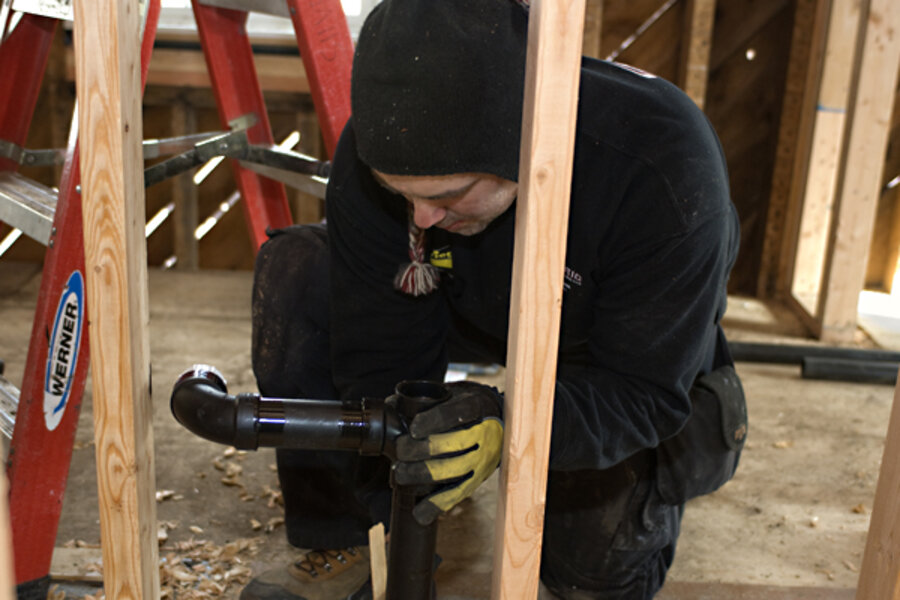
It’s easy to begin a home improvement job by imagining the final look, but it’s also important to map out how you get there. These important tips can help you reach your home improvement goal with as little pain as possible.
Keep tabs on how much you spend on your home improvements. It is really easy to nickel and dime yourself with small details and not realize how much you have totaled. A simple spreadsheet or budgeting tool will help you keep track of all this information. It will be much easier at tax time too, to be able to get all of the deductions you deserve.
You can speed the drying of your drywall patch by using a hair blower! Any hair dryer will work as long as it is portable enough that you can direct the air flow from it over your patch. Keep the air temperature set to low and don’t try to dry the patch too quickly or it will crack.
If you are concerned about adding value to your home, do not put in a swimming pool during your next home improvement project. The upkeep on a pool is very time consuming, and they are also difficult to clean. Your energy would be better spent on a project (such as a garden) that will give you a better return on the amount of money you are spending.
Before you begin your next home improvement project, think about how long you would like to stay in your home. If you are planning to move this year, you may have a different budget for improvements than if you were staying for awhile. You would also want to focus on areas in the home, like the kitchen and bathrooms, that buyers think are most important.
To cut down your home’s energy costs, replace your current thermostat with one that can be programmed. Many families save close to $200 yearly through programmable thermostat use. A programmable thermostat can be set to change when your family is sleeping or out of the house, keeping you from paying for heating and cooling you don’t need. They’re also inexpensive, and can be picked up for less than $40.
For homeowners who prefer a fencing option that is more for aesthetic value than privacy, vinyl and PVC may be the best bet. These materials are more affordable than other ornamental fencing types, can be easily installed, and are available in an immense variety of colors and textures. PVC and vinyl fences are low-maintenance, as they never require painting or staining.
One way to prevent insects from entering your home is to adjust the surrounds of your home. Make sure there are no piles of straw or leaves around the outer walls of your home. Insects will hide in these patches of straw and leaves and move into your house where the house meets the ground.
When it comes to home improvement projects, it is necessary to set goals as well as develop plans before beginning any project. Thinking about these aspects of home improvement will make sure that your project will turn out how you envision. This thought out planning can guarantee your improvement project will turn out great.